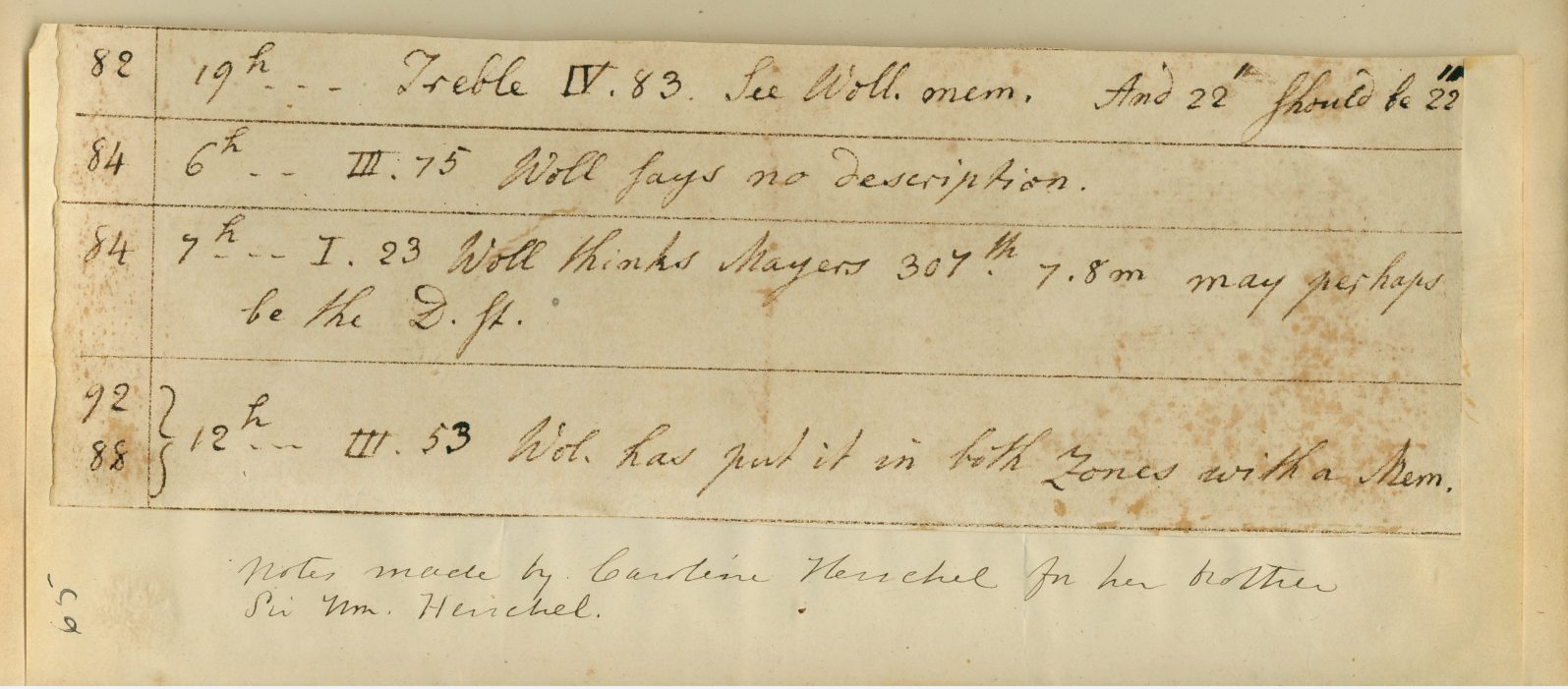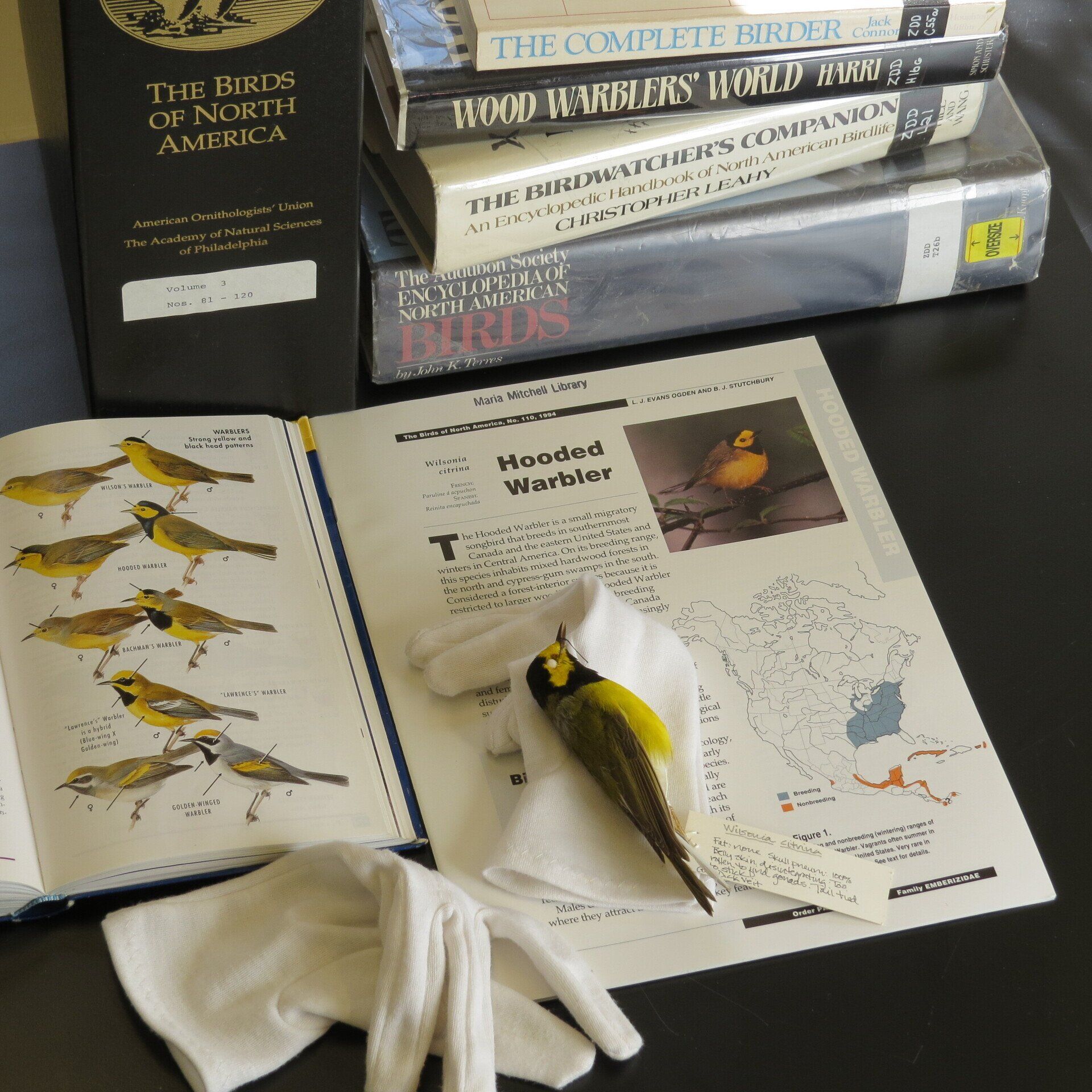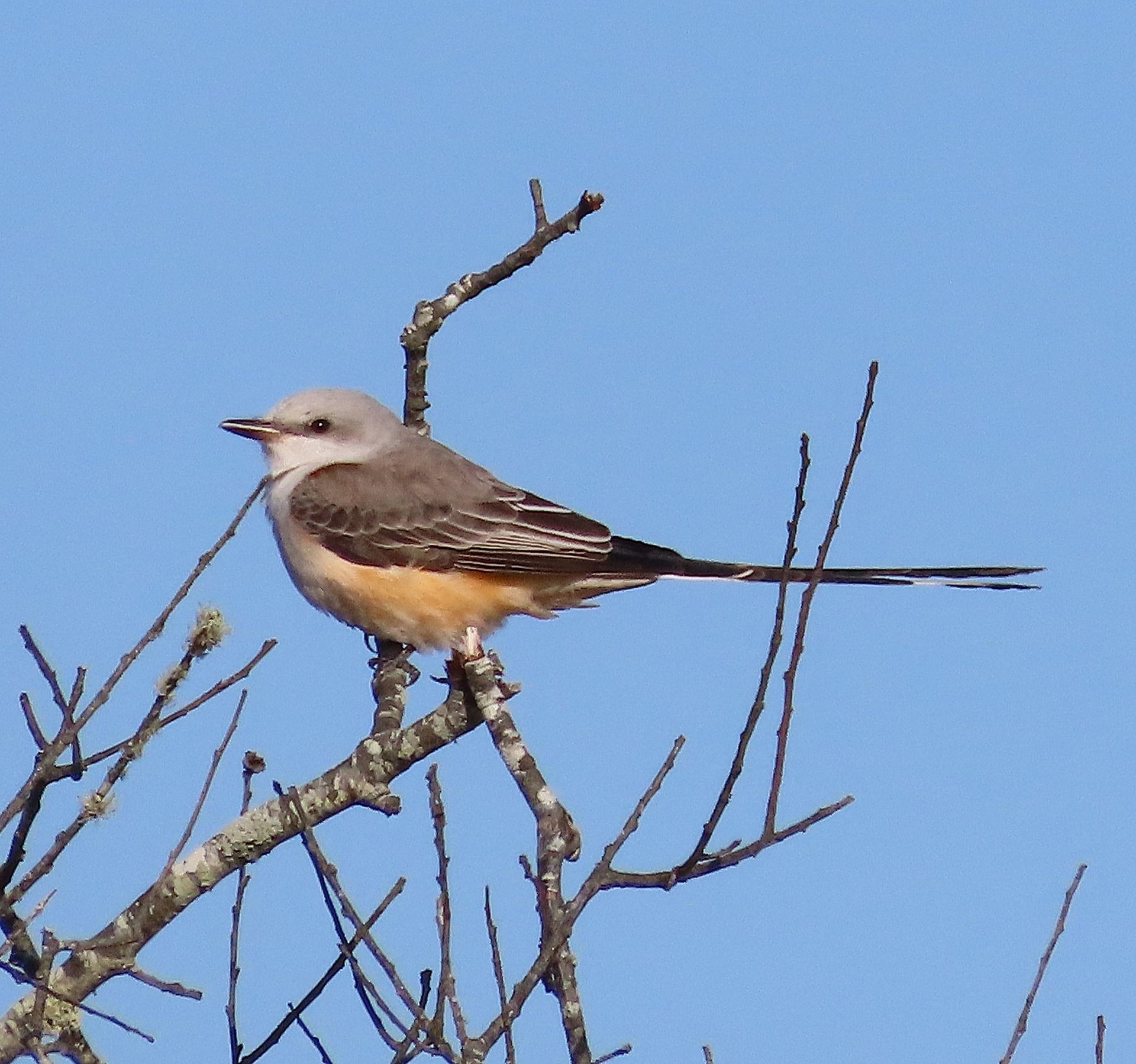Keep Calm and Bird On: January 2022
“If you don’t look, you don’t see. You have to go and look.”
-Edith Andrews
January is usually when Nantucket gets settled cold weather, varied by an occasional thaw. The last couple of years have brought more thaw than cold, but we are still at the whim of the weather. So, the advice is not to miss the good days, as there are likely to be some, and to dress for the bad weather because it can also bring unusual birds. As a friend of mine once said, (imagine Irish lilt here), “There’s no bad weather, just improper dressin’.” This means paying careful attention to clothing labels, emphasizing wind- and water-PROOF. “Resistance” is futile.
That said, this is when bird feeders have their greatest appeal. But if the same six House Finches begin to pall, there are other options. It’s also a great time for more study, or to browse and compare field guides. Just as we drool over seed catalogues longing for Spring flowers, we can sigh over breeding-plumaged warblers anticipating migration. And if something appeals, don’t stop there; learn more about the species that interest you. There are great on-line resources, such as Cornell’s “All About the Birds” site. But it’s still good to see the real thing. While some living birds won’t be back yet, there’s another option.
The Edith Andrews Ornithology Collection at the Maria Mitchell Research Center has 1500 or more study skins available for view, as well as historic mounts. You can look at actual birds in the hand, without causing them any further discomfort or trauma. And best of all, they hold still. We also have selected species accounts and printed materials. Open hours, free of charge, start up again on January 8th, from 10.00 a.m. to 1:00 p.m. and will continue every Saturday.
Recent Posts





